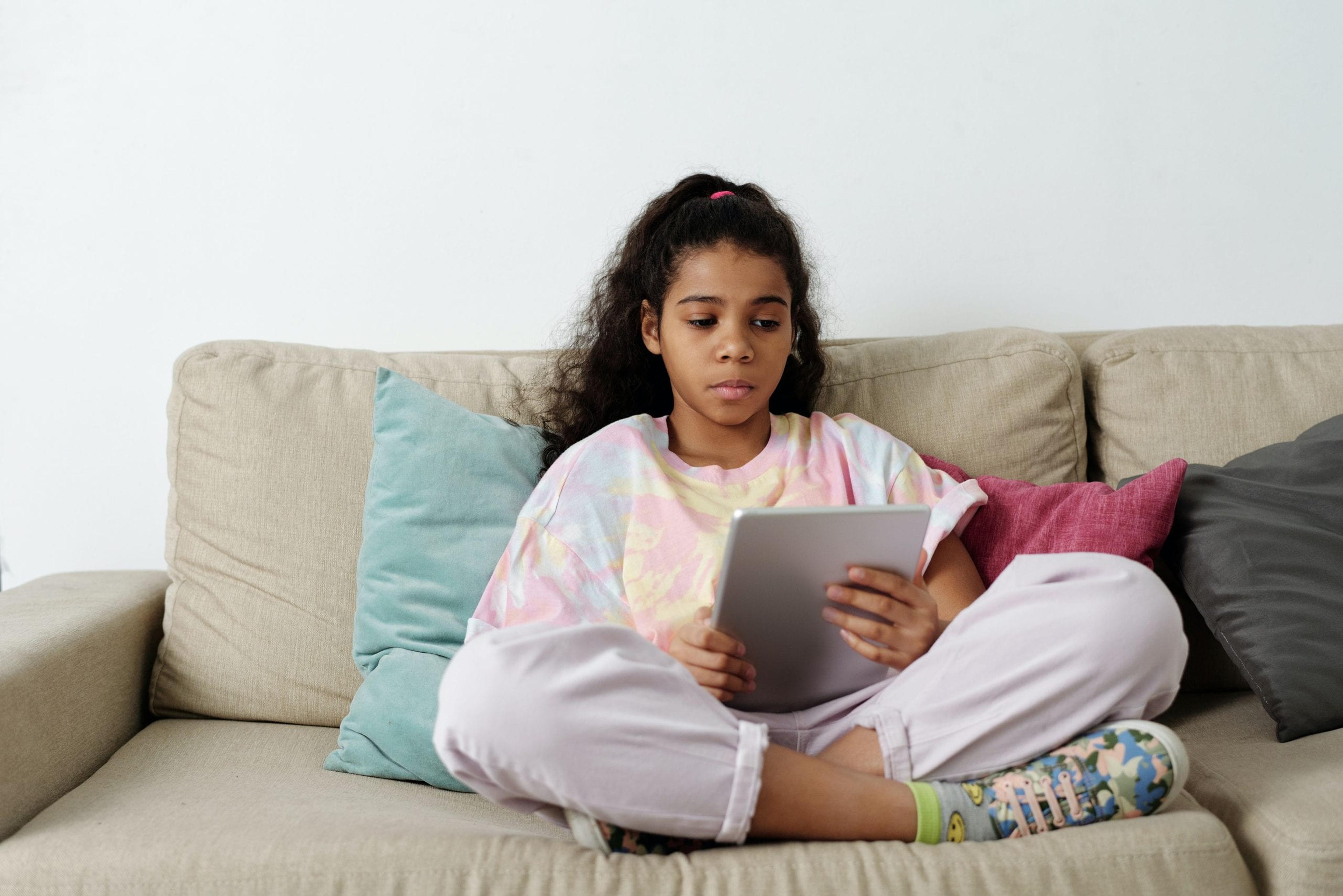Increase in Cyberbullying During COVID-19
Zach Micklea
| 3 min read

The COVID-19 pandemic has led to an increase in kids and teens using digital platforms, not just for personal use, but for education purposes as well. For many young people, social distancing guidelines mean the only contact they will have with their peers will be done virtually. As a result, young people are using social platforms like TikTok, Zoom and others more frequently than in the past. While there are benefits that can result from online interactions, like connecting kids to the outside world, it doesn’t eliminate the risks.
AS SCHOOLWORK HAS MOVED HOME, SO HAS BULLYING AND HARASSMENT
According to the L1ght, an organization that tracks online harassment, there has been a 70% increase in cyberbullying in just a few months. Aside from the increase in technology use, there are other factors contributing to the rise:
- Increased stress: The pandemic has been highly stressful and confusing for everyone. Oftentimes when kids feel stressed or confused, it leads to acting or lashing out at others, arguing among friends and risk-taking behaviors in response.
- Isolation: Mandatory stay-at-home orders can cause feelings of loneliness, which can lead to fragmented relationships. Some kids may have limited access to the internet, which can make them feel further isolated. In return, they may make mean or cruel comments in frustration, especially if they feel like they are out of the loop within their friend groups.
- Decreased supervision online: With many parents trying to balance working from home, helping with schoolwork and managing this new world, they aren’t available to pay close attention to what their kids are doing online.
- Boredom: Kids sometimes engage in cyberbullying because they are bored, lonely or want attention. Because the pandemic worsens these issues, it can lead to mean behavior online. Some kids bully to relieve stress, but also because they are bored.
To make matters worse, many support networks for victims of bullying are limited. In some situations, guidance counselors are inaccessible, while face to face conversations with teachers and coaches are limited as well. Many kids do not often talk to their parents about what’s going on, as they may be concerned their technology use will be limited, which is currently their only connection to friends.
WHAT PARENTS CAN DO
Now that many parents are working from home, they are with their children more than ever. Parents have the unique opportunity to be especially mindful of what their kids are doing online and how their interactions on social media may be affecting them.
- Create guidelines: By limiting screen time, parents can curb cyberbullying. This is not an easy step, but it can be done. Allocate time for family, games and other offline activity.
- Talk about what’s happening: It is important to have honest conversations with kids about what they are going through, especially during the pandemic. Times are very stressful for everyone, kids included. Talk about what that feels like for them or how it can be addressed.
- Urge connections: Staying home and not seeing friends is especially difficult for children and teens, as they need those connections to grow and develop. Encourage them to use video chat platforms to stay connected with friends, provided it be in a healthy way.
Be sure to let kids know it is safe for them to be open about their problems. Many kids would rather endure the bullying than risk losing technology privileges and contact with their friends. It is important that parents recognize that the risks associated with cyberbullying have greatly increased since the pandemic began. Because of this, always be aware that kids may be struggling silently. Ask questions about their experiences and stay alert for signs of trouble. You may also want to read:
- Social Media’s Impact on Children’s Mental Health
- Helping Teens Cope Mentally Through the Coronavirus Pandemic
- Preparing Children for a New School Year in a Pandemic
Photo credit: Julia M. Cameron





